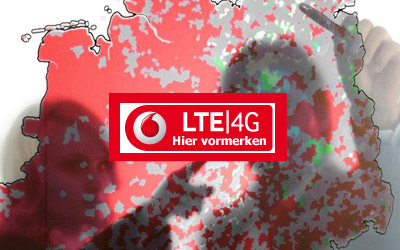The
Austin reporting program is in addition to
the posting a City Council agenda more than a week in advance
 (here’s the 28 Feb 2013 agenda already on 16 Feb 2013)
and
including the entire board packets
with working papers and other backup documentation
with the minutes.
Austin
televises and webcasts its meetings live,
with close captioning and transcripts online.
They don’t limit the number of citizens who can speak,
or the subjects they can speak on, and they televise and webcast
all of them as well.
Plus citizens can speak on specific agenda issues,
and Austin
has an online forum for citizen suggestions on which citizens can vote
on the ones they like.
(here’s the 28 Feb 2013 agenda already on 16 Feb 2013)
and
including the entire board packets
with working papers and other backup documentation
with the minutes.
Austin
televises and webcasts its meetings live,
with close captioning and transcripts online.
They don’t limit the number of citizens who can speak,
or the subjects they can speak on, and they televise and webcast
all of them as well.
Plus citizens can speak on specific agenda issues,
and Austin
has an online forum for citizen suggestions on which citizens can vote
on the ones they like.
Is there still back-door politics in Austin? For sure. But you can see a lot more of what is going on in Austin than they can about the local governments here, and citizens have a lot more input.
If Valdosta and Lowndes County (and Hahira and Lake Park and Dasher and Remerton) want to be treated like a major MSA, they might consider following Austin’s lead. Instead of decreasing citizen input by exiling all citizen speakers to the end of a meeting and limiting the number who can speak, while not even putting board packets online, consider continually increasing local government transparency and citizen input.
-jsq








